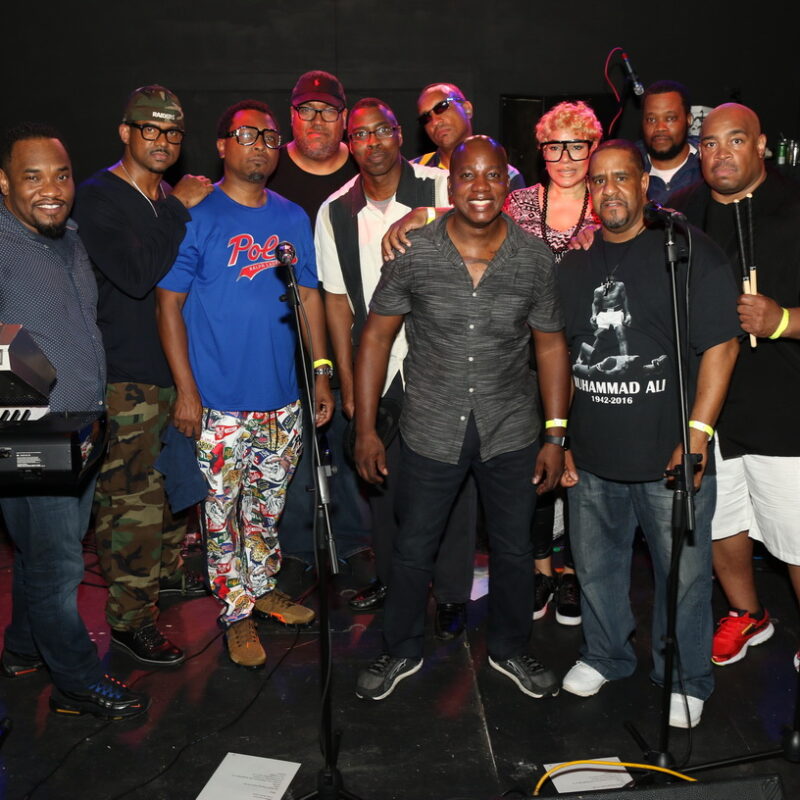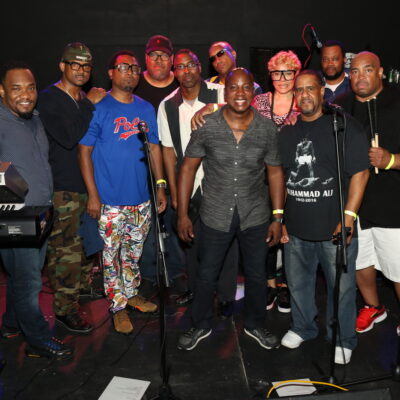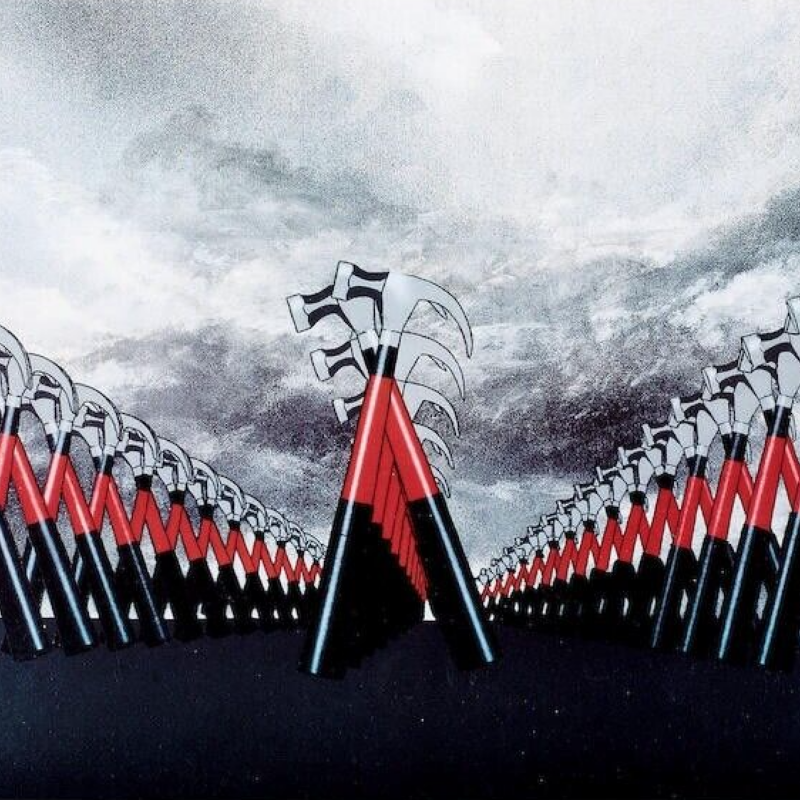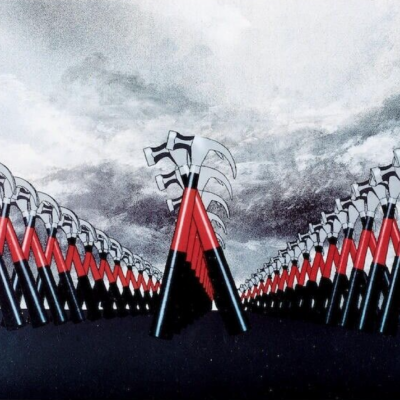Currently on exhibition at Phaeton Gallery, “Understory” features works by Charlottesville resident Krista Townsend and Nikki Hare of Tewkesbury, U.K., in a dynamic artistic dialogue about nature. The title refers to the zone of vegetation that exists between the forest floor and the forest canopy. Townsend approaches this directly, producing work developed and centered on the forest understory, while Hare takes a more conceptual approach to the subject, using words and poetry to produce striking layered messages.
In preparation for the show, Phaeton Gallery Director Lisa Hogan and the artists read The Light Eaters: How the Unseen World of Plant Intelligence Offers a New Understanding of Life on Earth by Zoë Schlanger.
“Schlanger talks about how the moss and the lichens and the small ferns can communicate about disease, or pests, for miles through spores and pheromones,” says Hogan. The subject is close to her heart. Her son Nic Lee, who has a Ph.D. in mediated matter from MIT, is head of Ecology at Oxman, where his research centers on the idea that plants can heal the planet. Lee led a discussion on the understory with the artists at the preview and opening.
Townsend, whose practice includes daily walks in the woods, with a focus specifically trained on the understory area of the forest, is a natural choice for the show. Hare is a more unexpected one. But the topic inspires the messages in her word paintings, and the word understory also describes her embedded messages. “The way I paint, with many different layers, is about seeing one thing on the surface but not really knowing what’s beneath,” says Hare.
Both artists share a similar palette of brightly hued acrylic paint, which sometimes veers into the fluorescent. It is this vibrant display of color—verdant green and pops of red, yellow, and blue—that immediately strikes you when you enter the gallery. “I couldn’t believe it when I saw how well the four square paintings (“Understory,” “Fox Haven,” “Beneath the Surface,” and “Dense Vegetation”) worked together, which we hadn’t planned at all,’’ says Hare. “They’re very different, but about the same thing, which I thought made it really interesting.”
Hare’s paintings each feature a distinct quote printed in its entirety on the accompanying label for reference. While the quote conveys a certain meaning, she wants viewers to have their own response to what they see in the work, and it’s clear her main interest is the visual quality of the letters, since the quote itself isn’t possible to read.
Hare paints the beginning of the quote first, filling up the picture plane with the words that fit. Subsequent words are painted over top of the first group. This is repeated until the entire quote has been added. At first, the paintings appear as an unrelated accumulation of stenciled letters. You can make out letters from the first part of the quote, but only the last few words (used by Hare for the title) are legible. These foreground letters are also rendered in much brighter colors than those toward the back. Done for emphasis, the variations also create an interesting rhythm that animates the work with a sense of backward-forward, and side-to-side movement.
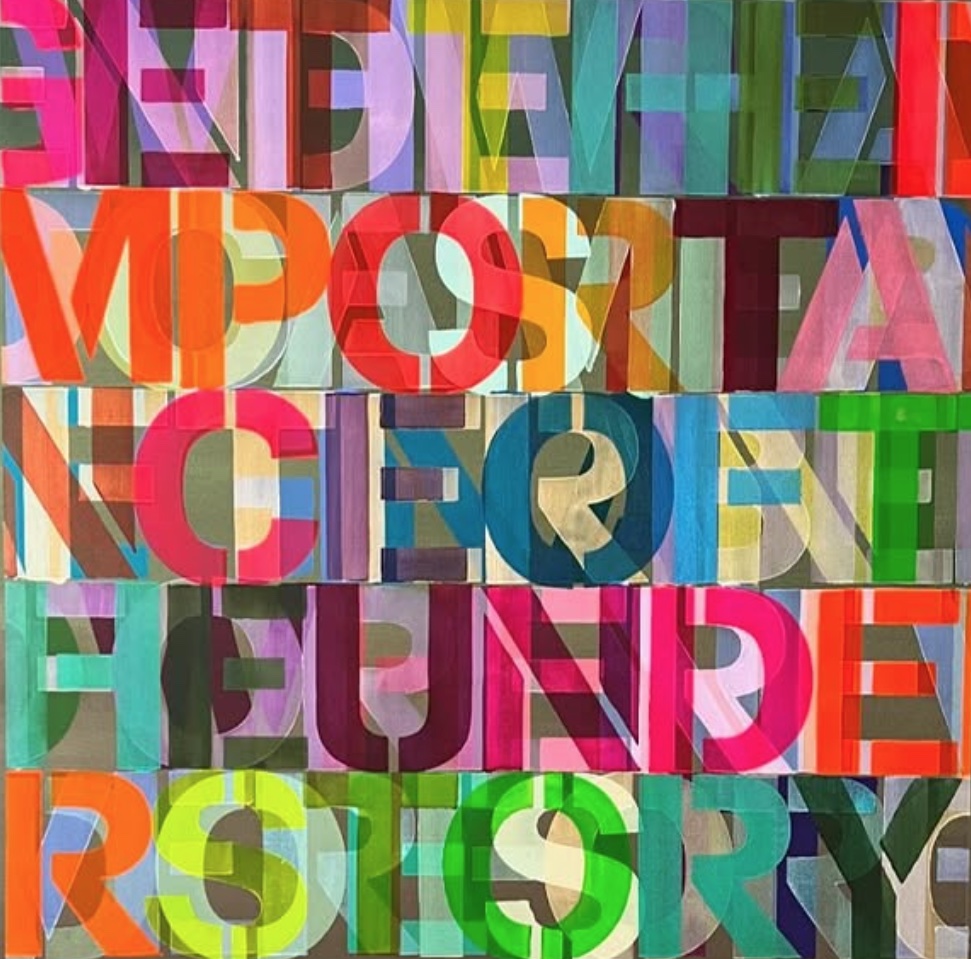
Known for exuberant paintings of nature that capture the experience of being in it, Townsend brings information gathered in her daily forays into the woods and meadows around Charlottesville back to her studio to interpret in paint.
With the exception of two large views of the forest, “Body Memory” and “Solvitur Ambulando” (it is solved by walking), Townsend’s works are up-close studies of sections of woods or meadow. In “When We Actually Look” and “Dense Vegetation,” the shapes and lines that describe physical objects like leaves and branches, or the visual effects of shadows and light, dissolve into a composition of ebullient abstract forms.
Townsend’s work is filled with interesting visual touches. Whether it’s the purply red clusters of the Eupatorium stalks in “Fox Haven,” the spiraling clumps of grass in “Microcosm,” or the shimmering explosion of pigment and gesture that is “When We Actually Look,” what catches Townsend’s eye and how she decides to represent it is enchanting.
Townsend’s Yupo works are more concentrated and intense versions of the larger paintings. Yupo is a Japanese synthetic paper made of polypropylene. Its surface is non-absorbent, so the paint sits on top rather than soaking in. This enables different effects, including drips and texture, and darker, more robust areas of paint.
Some of these small studies, “Leaves of the Same Tree” and “Microcosm,” surpass the larger painting versions with their compact density of color, line, and gesture. “I was just kind of playing with a different approach,” says Townsend. “My challenge is always trying to get looser and capture my impression of things as opposed to making a representation of what I’m seeing.”
With “Understory” we observe how two different artists engage with a subject, producing work that captures our imagination. Whether representational, experiential, or conceptual, the work is visually arresting and thought-provoking, opening our minds to the glories of nature as represented in this shallow swath of land that is so vital to the earth’s ecology.
Phaeton Gallery’s “Understory” features works by Krista Townsend and Niki Hare through March 30. Supplied photos.
